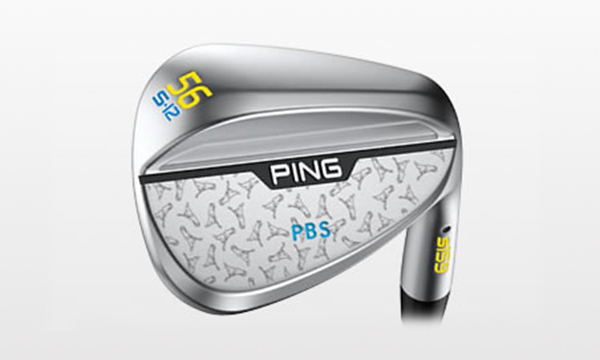Wedge Bounce Explained: The Secret to a Better Short Game
Ever wondered why some golfers seem to get out of bunkers or chip with precision from tight lies? It might be their wedge bounce. This often overlooked part of wedge club design can make all the difference in your short game. Let’s get into the world of bounce and how it can help you around the greens.
What is Wedge Bounce?

Wedge bounce is the angle between the leading edge of the club and the ground when the club is in its normal address position. The sole or trailing edge (depending on the wedge grind) is the lowest point in contact with the ground at address. The bounce helps prevent the club from digging too deep into the sand or turf and allows it to glide through the impact zone smoother.
Why Does Bounce Matter?
Bounce matters because it affects how your wedge interacts with the ground. Too little bounce and your club will dig into the turf and you’ll hit fat shots. Too much bounce and you’ll hit thin shots especially on tight lies. The right amount of bounce will give you cleaner contact and more consistent and accurate short game shots.
Types of Bounce
Wedges come in three bounce categories, each suited to a particular swing type.
Low Wedge Bounce
A low wedge bounce is between 4-6 degrees, and is best for firm turf and players who pick the ball up clean. If you have a sweeper style swing path then a low bounce will suit you. If you regularly play on dry and/or hard golf courses a low bounce will be beneficial for those tight lies.
Mid Wedge Bounce
The most versatile is the mid wedge bounce, ranging between 7-10 degrees. Mid bounce wedges suit a wide range of playing conditions and styles. It provides performance balanced with forgiveness in most conditions due to the mid bounce angle.
High Wedge Bounce
High bounce golf wedges have a wedge bounce degree of over 10 degrees. A high wedge bounce is best suited to soft turf, deep rough or sand and for players with a steeper angle of attack. If you have a steep attack angle and tend to hit down sharply then a high bounce will help to prevent the club digging in too much.
Choosing the Right Bounce
What to consider when finding your proper wedge bounce:
- Playing conditions: What’s the typical turf and sand conditions you play in?
- Swing style: A steeper angle of attack benefits more from bounce.
- Versatility: What kind of shots do you need to play around the green.
Many golfers have a mix of bounces in their wedge set. For example a low bounce lob wedge for tight lies and flop shots and high bounce sand wedges for bunker play.
How to Use Bounce
Understanding bounce is one thing, using it effectively is another. Here are some tips:
- For high bounce wedges play the ball slightly forward in your stance to use the bounce fully.
- For low bounce wedges a neutral ball position works well to promote clean contact.
- In bunkers open the face of a high bounce wedge to really let the club do its job.
How to Know Your Club’s Wedge Bounce

Your wedge bounce is usually listed on the sole of your wedge at the toe of the club head. In the image above the large number of ’56’ represents the golf club loft angle. The ‘S’ represents the wedge grind which relates to the shape of the sole and trailing edge. And, the ’12’ refers to the bounce degree angle.
Manufacturers display the bounce slightly differently. Have a look around the sole and back of the club head and you’ll find it.
Common Misconceptions
Some golfers think more bounce is always better. It’s not. High bounce can be forgiving in soft conditions but challenging to use on firm turf. Because the leading edge is up higher it can lead to hitting the ball thin on short or hard surfaces. It’s all about matching the bounce to your game and conditions.
Trying Different Bounces
The best way to find your ideal wedge setup is to try. Visit a golf shop or work with a club fitter and try wedges with different bounces. See how they perform in different lies and on different shots.
Conclusion
Wedge bounce type may seem like a small thing but it can make a big difference in your short game. By understanding bounce and choosing the right wedges for your game you can be more consistent and confident around the greens. There is no one size fits all solution – it’s about finding what works for you and the conditions you play in most.
High bounce lob wedges are ideal for a steep angle of attack and longer grass just off the edge of the green. Whereas, mid bounce wedges are adaptable across most situations around the golf course. Low bounce wedges suit those who take small divots and have a sweeper style swing path.
